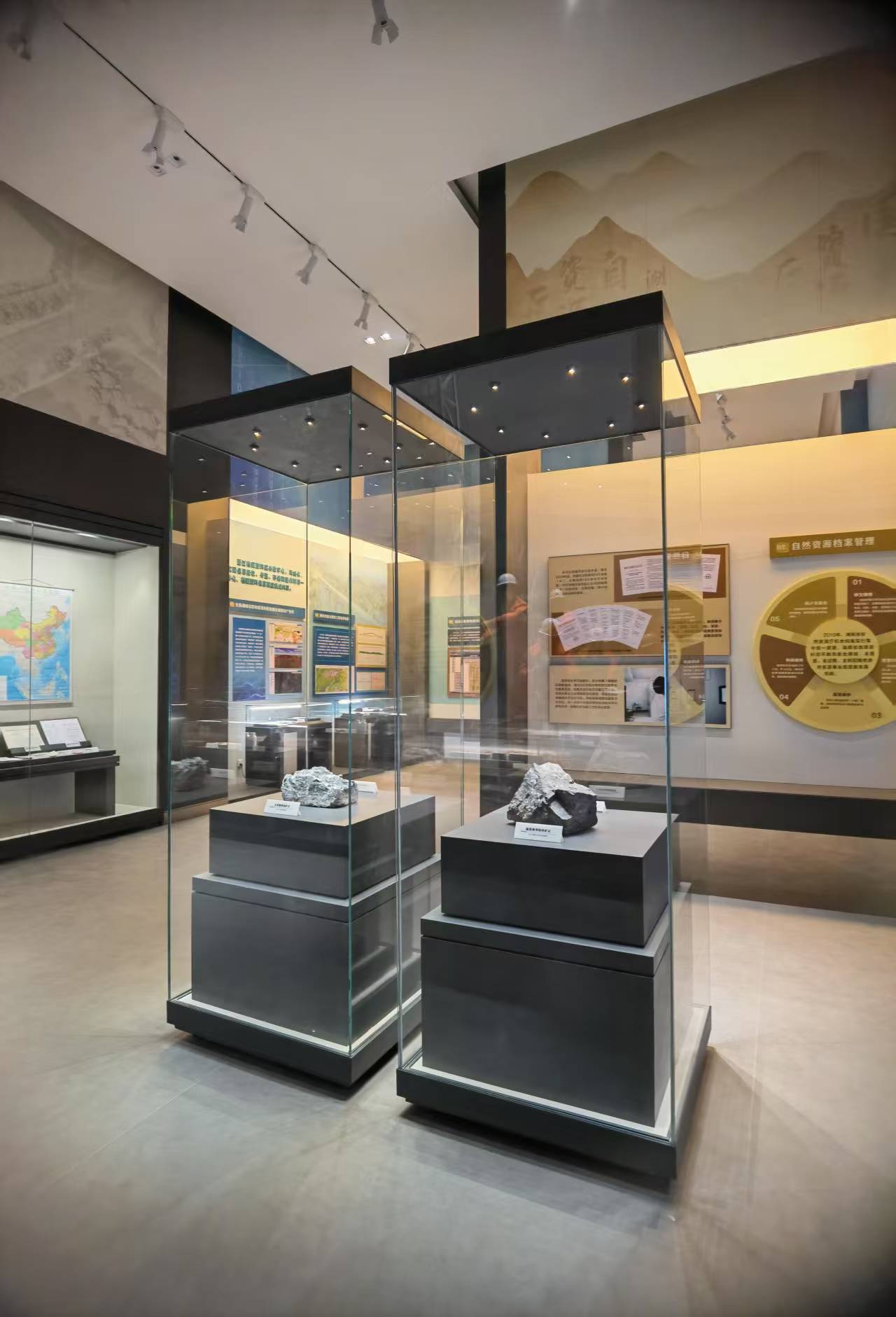Design requirements of independent glass cabinet in museum
29/04/2025
5512
- Industry News
& nbsp; In the exhibition hall of the museum, independent glass cabinets are like transparent fortresses, bearing the memory of human civilization. They should not only resist the erosion of time, but also provide a barrier-free visual experience for the audience. This seemingly simple display device actually contains a precise design philosophy, which requires a delicate balance between the protection of cultural relics, the display effect and the audience experience. & nbsp; First, the safety design of independent glass cabinets is the cornerstone of the protection of cultural relics. The glass material must be ultra-clear laminated glass with a transmittance of up to 98% by reducing the iron content. Crystal effect, while the laminated PVB film has impact resistance, even if the outer layer is broken, it can prevent cultural relics from falling. The bronze display cabinet of a museum in Xi'an is made of 6 + 0.76 + 6 mm composite glass, which has been tested by the Ministry of Public Security to resist the impact of 12 kg steel balls and build the first line of defense for cultural relics. In terms of metal structure, the 1.5 mm thick carbon steel skeleton needs to be treated by high temperature electrostatic spraying to form a rust-proof barrier, and cooperate with the silent guide rail and multi-point lock system to ensure that the display cabinet can remain sealed in case of emergencies.

& nbsp; Third, the immersive creation of visual aesthetics and the design of audience experience permeate every detail. The glass reflectivity is required to be lower than 1.5%, and a plurality of layers of nano anti-reflection films are deposited by a magnetron sputtering technology to eliminate glare interference. The visual angle design of the display cabinet follows the golden ratio, and the jade display cabinet of the Palace Museum sets the glass inclination angle at 15 degrees, so that the audience can appreciate the texture of the cultural relics from the best perspective. In terms of space scale, the proportion of exhibits and exhibition space should be controlled between 1:3 and 1:5 to avoid temperature and humidity fluctuations caused by space redundancy. The exhibition cabinet of Genji Monogatari in Tokyo National Museum of Japan realizes the blending of cultural relics information and physical exhibits through AR guide film embedded in glass. & nbsp; The design essence of independent glass cabinet is to solve the contradiction between protection and display. When the audience gazes at the cloud and thunder patterns of Shang and Zhou bronzes in the display cabinet, the seemingly transparent barrier is actually running a sophisticated technology system-the humidity control module is quietly regulating humidity, and the ultraviolet filter is silently blocking light loss. This & "invisible protection &" It is the core meaning of modern museology: let cultural relics live forever in safety, and let the audience talk about history in immersion. & nbsp; Huabo Art Exhibition has been deeply engaged in the design, customization, production and installation of exhibition cabinets for more than ten years, creating quality with ingenuity and leading the future with innovation. We focus on providing one-stop display cabinet solutions
for museums, art galleries, memorials, art galleries, science and technology museums, history museums, memorials and other cultural institutions.
